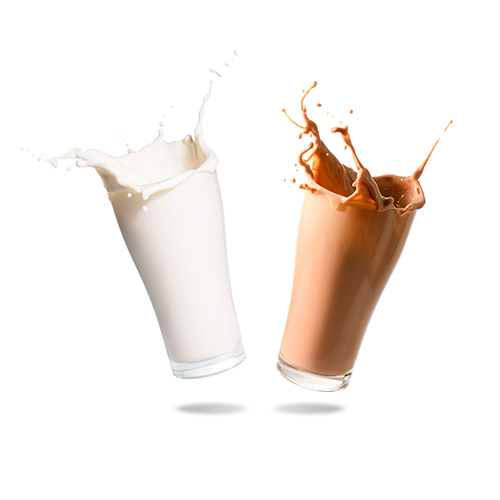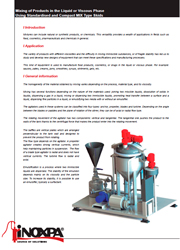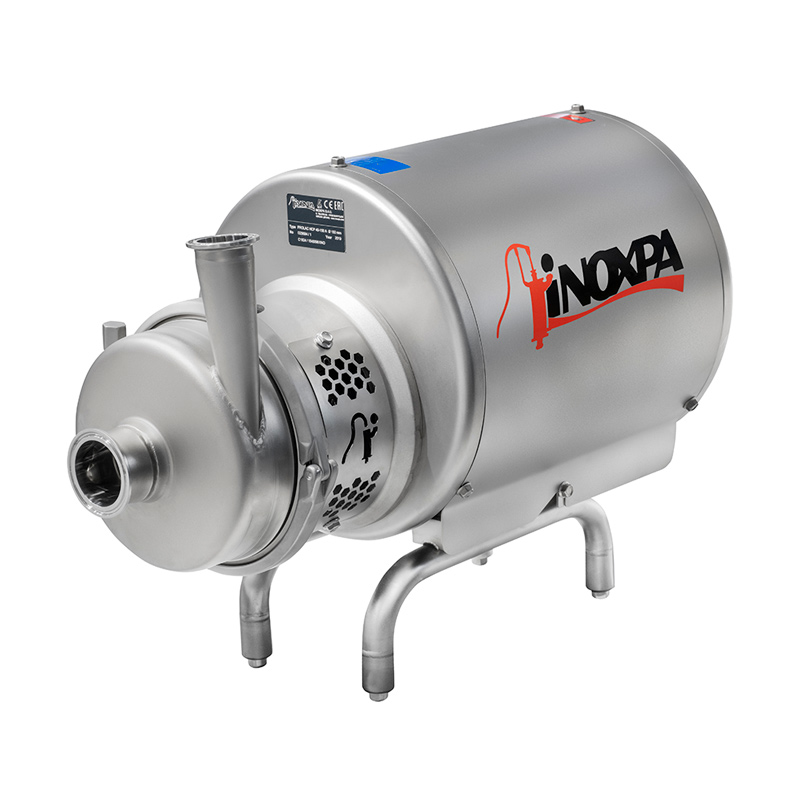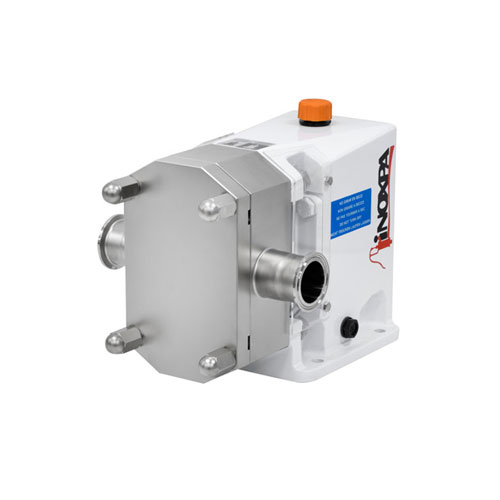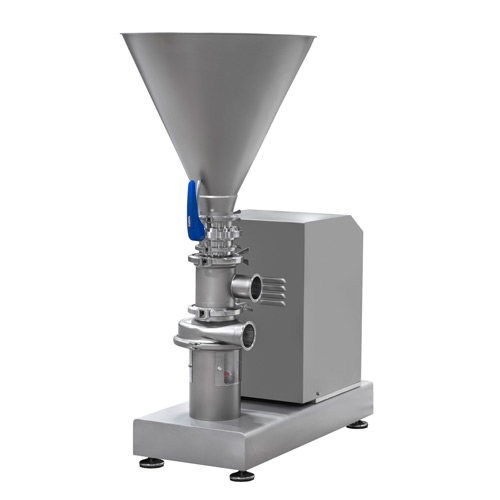Mixtures can include natural or synthetic products, or chemicals. This versatility provides a wealth of applications in fields such as food, cosmetics, pharmaceuticals and chemicals in general.
The variety of products with different viscosities and the difficulty in mixing immiscible substances, or of fragile stability has led us to study and develop new designs of equipment that can meet these specifications and manufacturing processes.
This kind of equipment is used to manufacture food products, cosmetics, or drugs in the liquid or viscous phase. For example: sauces, pates, creams, jams, smoothies, syrups, ointments, gels, etc.
The homogeneity of the material obtained by mixing varies depending on the process, material type, and its viscosity.
Mixing has several functions depending on the nature of the materials used: joining two miscible liquids, dissolution of solids in liquids, dispersing a gas in a liquid, mixing or dispersing two immiscible liquids, promoting heat transfer between a surface and a liquid, dispersing fine particles in a liquid, or emulsifying two media with or without an emulsifier.

